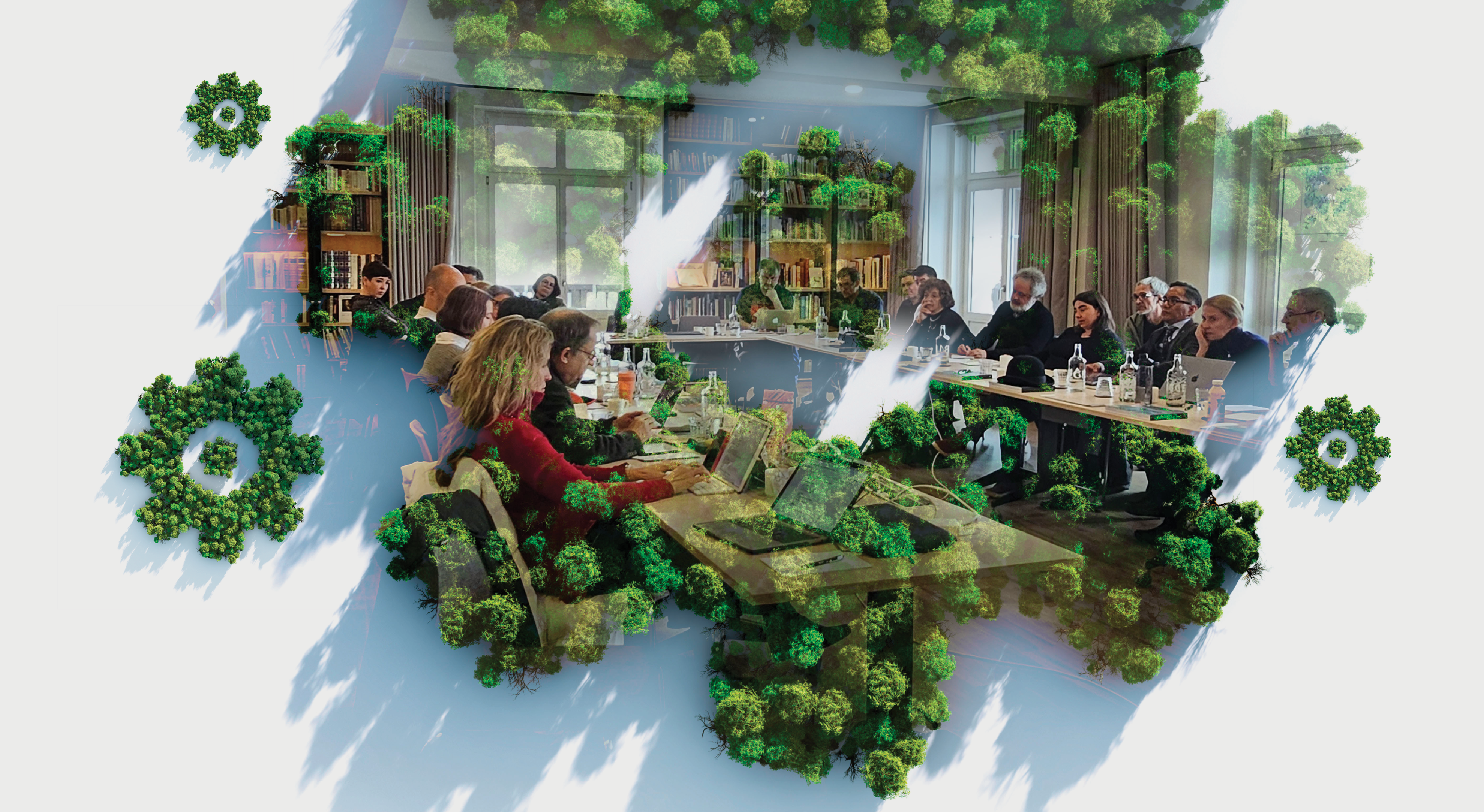Valeria Souza is one of Mexico's most creative scientists working on microbial ecology and evolution. She employs population-genetic approaches as well as microcosm studies to investigate gene transfer, patterns of diversity, and adaptations to specific environmental factors. Souza's early work on rhizobia in agricultural fields demonstrated the tension between genetic exchange and limited dispersal in structuring population diversity. Her pioneering analyses of the microbial communities living in oligotrophic oases in the Cuatro Ciénegas basin in the Chihuahuan Desert reveal a "lost world"-one where ancient lineages survive because of adaptations to extreme phosphorous limitation, which prevent invasion by foreign species.




